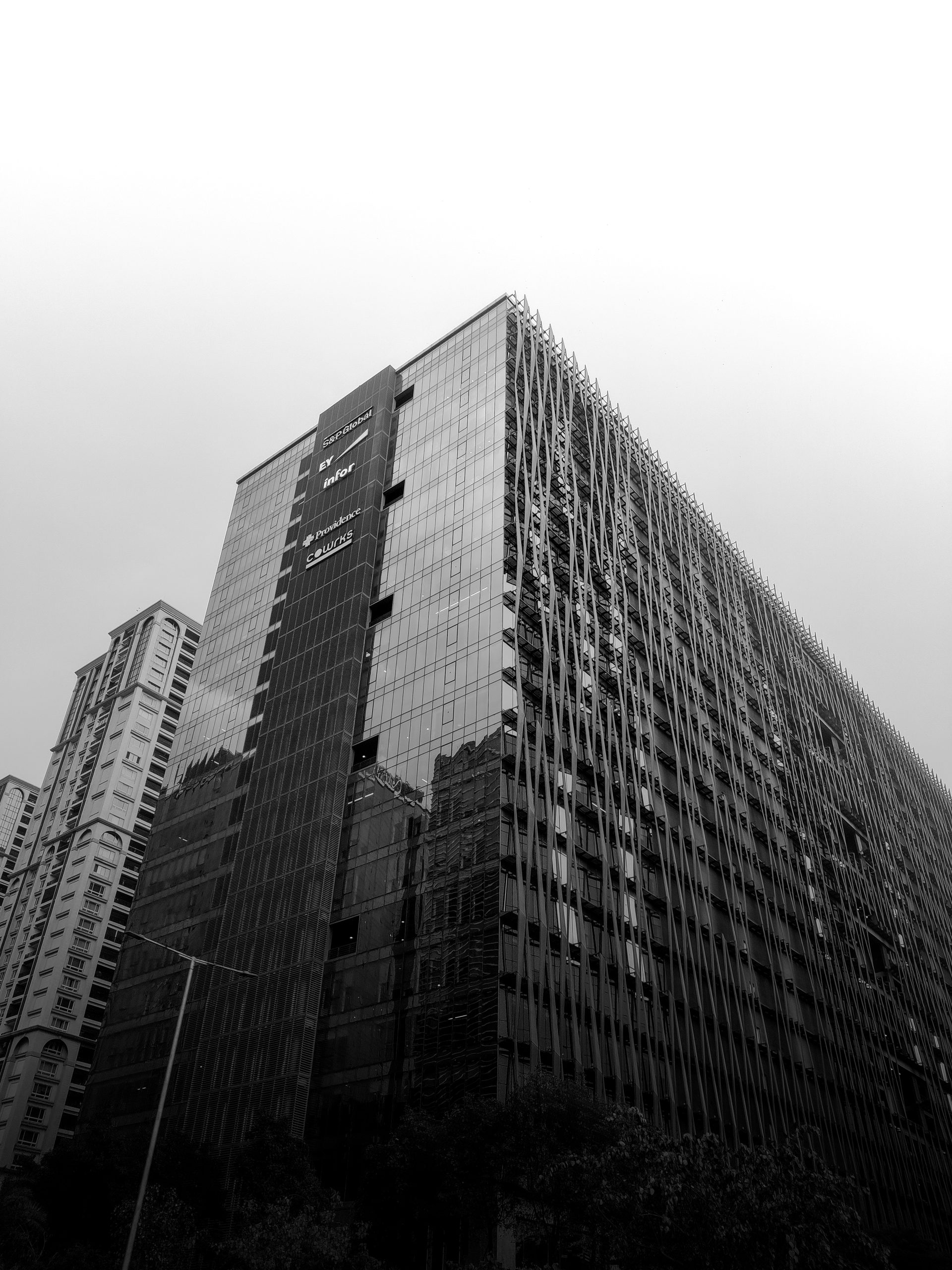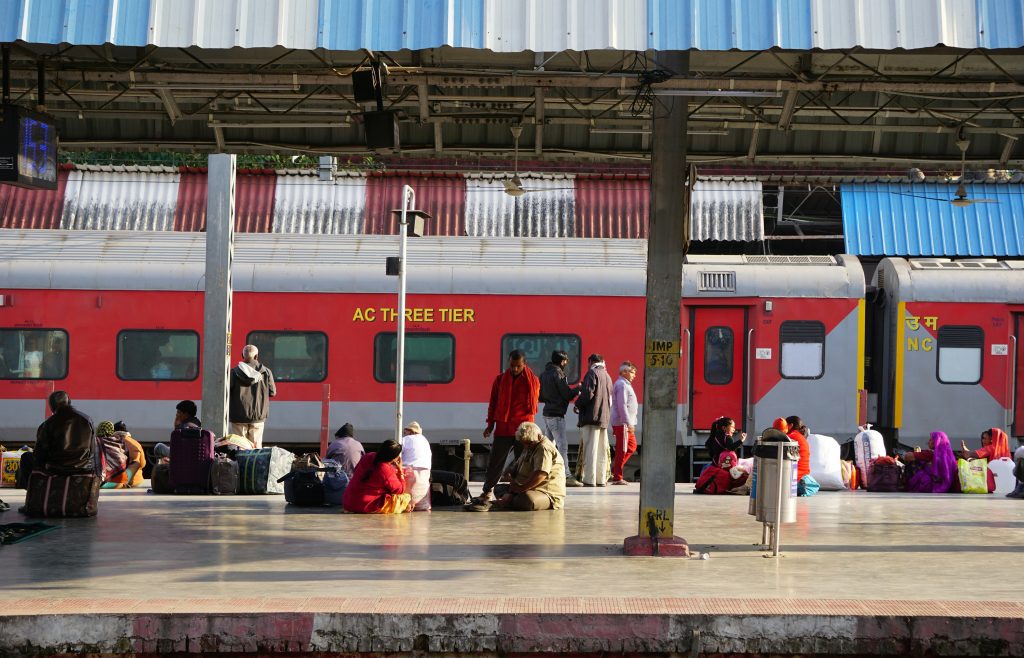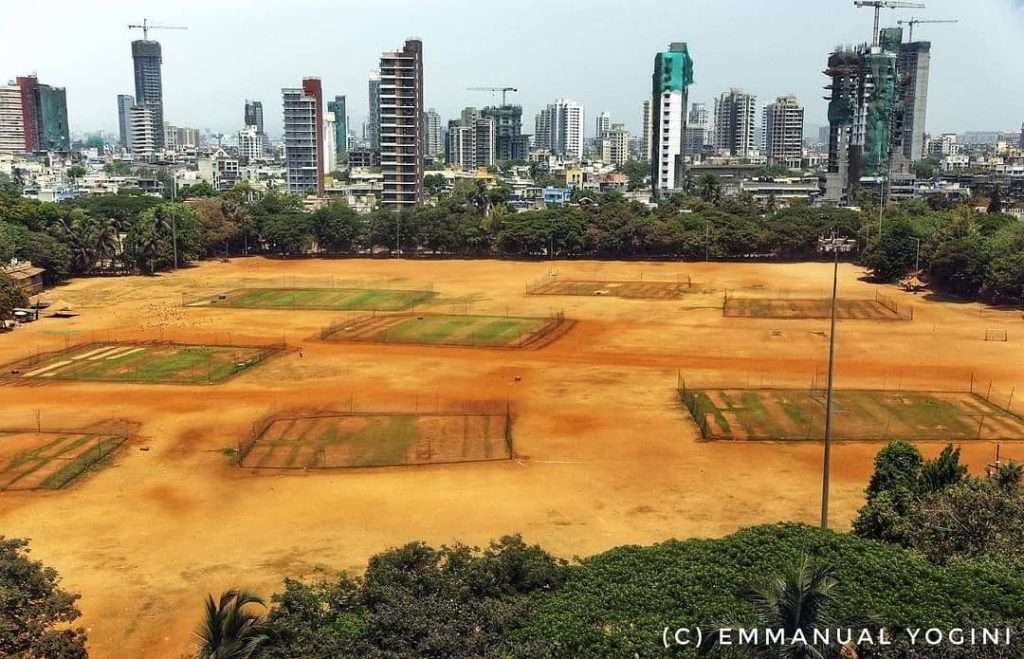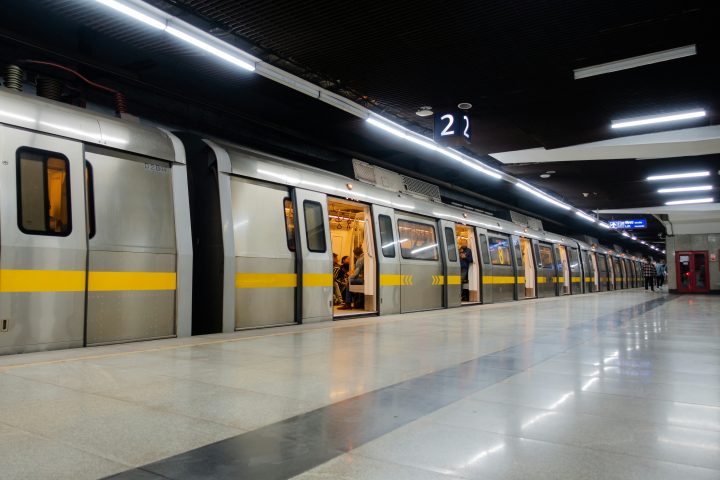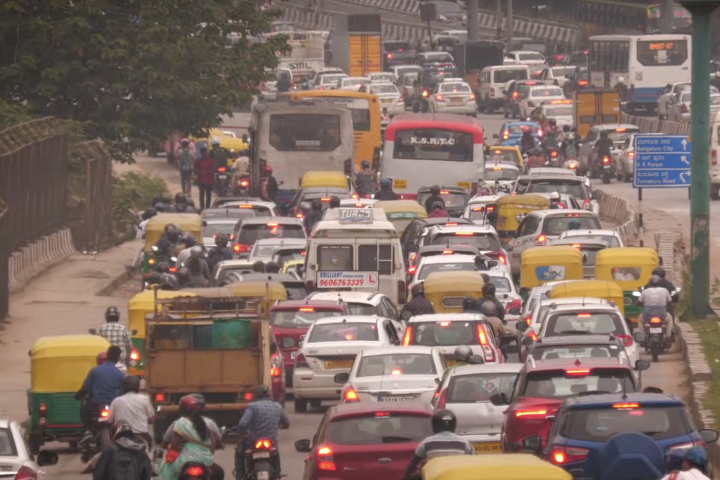Hyderabad is undergoing a remarkable transformation. The city has embraced a controversial urban policy that sets it apart from other Indian metropolises: unlimited Floor Space Index (FSI). This policy, aimed at encouraging vertical growth, has led to a surge in skyscrapers dotting the skyline.
While the Confederation of Real Estate Developers’ Associations of India (CREDAI) touts this as a measure to make housing affordable, critics argue that the policy strains resources, exacerbates traffic congestion, and devalues resale properties.
What Is FSI and Why Is It Important?
FSI, or Floor Space Index, refers to the ratio of a building’s total floor area to the size of the plot on which it is built. Most Indian cities impose strict FSI limits to control density, ensure adequate infrastructure, and manage urban sprawl. Hyderabad’s decision to allow unlimited FSI is an unprecedented move, effectively removing any cap on how tall or large buildings can be.
This policy shift was introduced to position Hyderabad as an investor-friendly destination and to accommodate the city’s growing population and demand for housing. However, the implications of this decision are complex and far-reaching.
The Case for Unlimited FSI
1. Boosting Housing Affordability
CREDAI argues that unlimited FSI fosters competition among developers, leading to an increased supply of housing units. This oversupply can drive down property prices, making housing more accessible for middle-class families. In a city where urban migration is steadily increasing, this approach could alleviate pressure on the housing market.
2. Efficient Land Use
By encouraging vertical development, unlimited FSI helps optimize land usage. In densely populated urban areas, high-rise buildings can house more residents per square foot compared to horizontal sprawl. This is especially relevant for Hyderabad, where land within the city limits is at a premium.
3. Economic Growth and Employment
The construction boom driven by unlimited FSI generates employment opportunities and stimulates ancillary industries such as cement, steel, and interior design. Additionally, the influx of commercial and residential spaces can attract multinational corporations and boost Hyderabad’s economy.
4. Global Appeal
Unlimited FSI can enhance Hyderabad’s global image as a modern metropolis. A skyline punctuated by skyscrapers often symbolizes economic dynamism and technological advancement, attracting international investors and tourists alike.
The Case Against Unlimited FSI
1. Resource Strain
Critics point out that unlimited FSI places enormous strain on essential resources like water, electricity, and waste management systems. Hyderabad’s existing infrastructure may struggle to cope with the exponential increase in population density, leading to frequent service disruptions.
2. Traffic Congestion
High-rise buildings mean higher occupancy rates, resulting in more vehicles on the road. Without corresponding improvements in public transportation and road infrastructure, Hyderabad’s traffic woes could worsen, causing longer commutes and increased pollution.
3. Impact on Resale Value
Oversupply in the real estate market can lead to a decline in property values, negatively affecting existing homeowners. Buyers may hesitate to invest in a saturated market where resale prices are unpredictable, potentially dampening long-term investor confidence.
4. Urban Inequality
Unlimited FSI benefits developers and high-income groups, but may widen the gap between rich and poor. Luxury high-rises might proliferate at the expense of affordable housing for low-income residents, exacerbating urban inequality.
5. Environmental Concerns
Vertical growth often comes at the cost of green spaces. The construction of skyscrapers can lead to deforestation, loss of biodiversity, and higher carbon emissions. Moreover, high-rises typically have a larger carbon footprint due to energy-intensive elevators, air conditioning, and lighting systems.
Global Perspectives on FSI
Hyderabad’s decision to allow unlimited FSI contrasts sharply with urban planning policies in other global cities. For instance, Singapore has implemented stringent FSI regulations combined with robust public transportation and green infrastructure. Meanwhile, Tokyo’s flexible zoning laws have enabled high-density development without overwhelming public resources, thanks to meticulous planning.
These examples underscore the importance of balancing growth with sustainability. Unlimited FSI, while innovative, requires complementary policies to mitigate its adverse effects.
The Way Forward: Striking a Balance
To maximize the benefits of unlimited FSI while minimizing its downsides, Hyderabad must adopt a holistic approach:
1. Strengthening Infrastructure
Investments in public transportation, water supply, and waste management are essential to accommodate the increased population density. Expanding metro lines, introducing bus rapid transit systems, and implementing smart water management can ease the pressure on existing infrastructure.
2. Encouraging Mixed-Use Development
Promoting mixed-use buildings—which combine residential, commercial, and recreational spaces—can reduce the need for long commutes and create self-sustaining neighborhoods.
3. Enforcing Environmental Regulations
Stringent environmental norms should be imposed on developers to ensure sustainable construction practices. Mandating green building certifications and preserving open spaces can mitigate the environmental impact of high-rises.
4. Monitoring Market Dynamics
Regular assessments of the real estate market can help prevent excessive oversupply. The government can consider mechanisms such as vacancy taxes to discourage speculative construction and maintain a healthy demand-supply equilibrium.
5. Inclusive Urban Planning
Ensuring that affordable housing is part of the high-rise boom is critical to fostering social equity. Subsidies or incentives for developers to include low-income housing in their projects could address this issue.
Hyderabad’s unlimited FSI policy is a bold experiment that has sparked both optimism and concern. While it holds the potential to make housing more affordable and stimulate economic growth, the challenges it poses to infrastructure, traffic, and the environment cannot be ignored.
Ultimately, the success of this policy hinges on the city’s ability to implement complementary measures that address its downsides. By learning from global best practices and prioritizing sustainable development, Hyderabad can transform its skyscraper boom into a model for inclusive and resilient urban growth.
